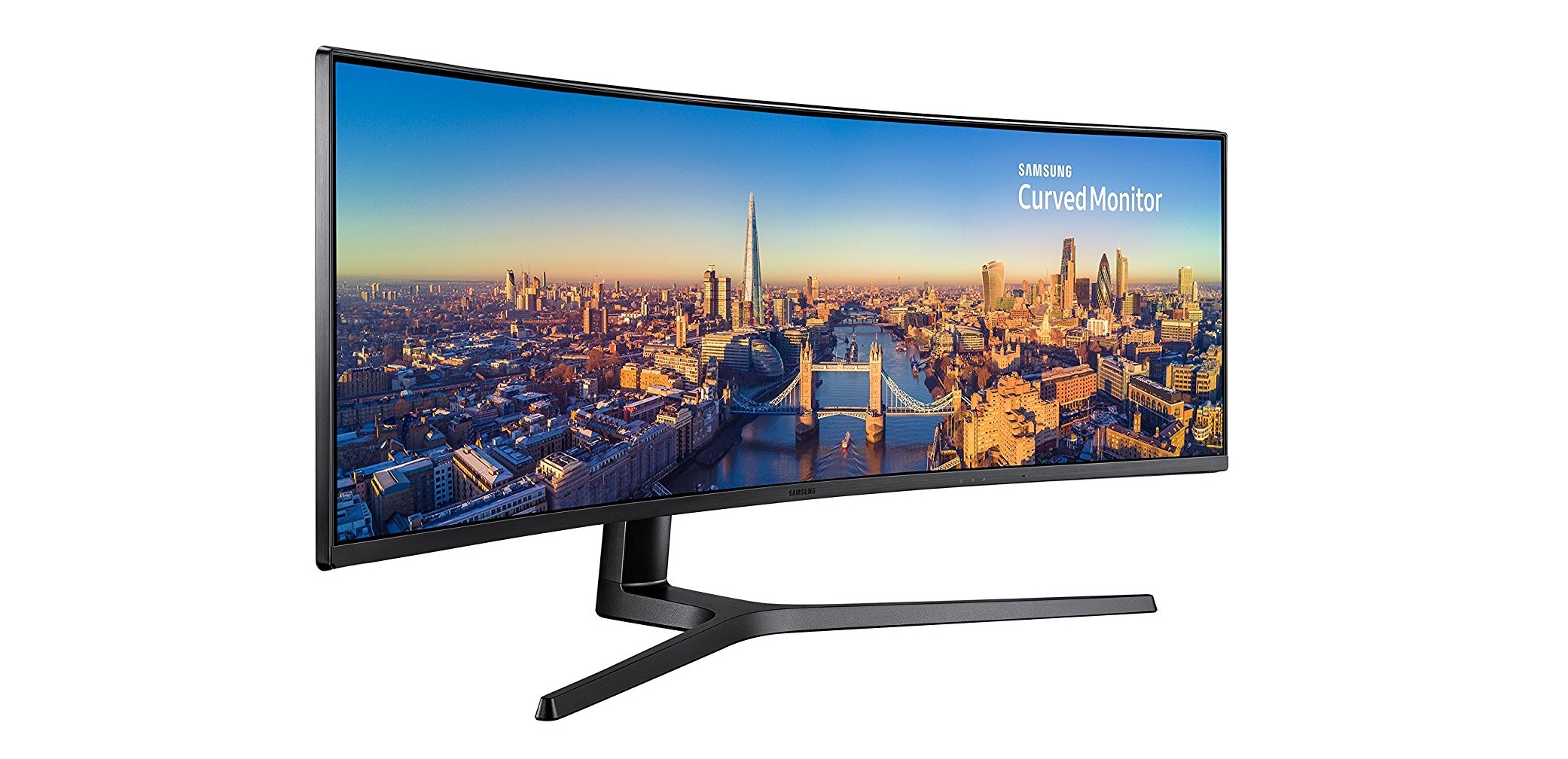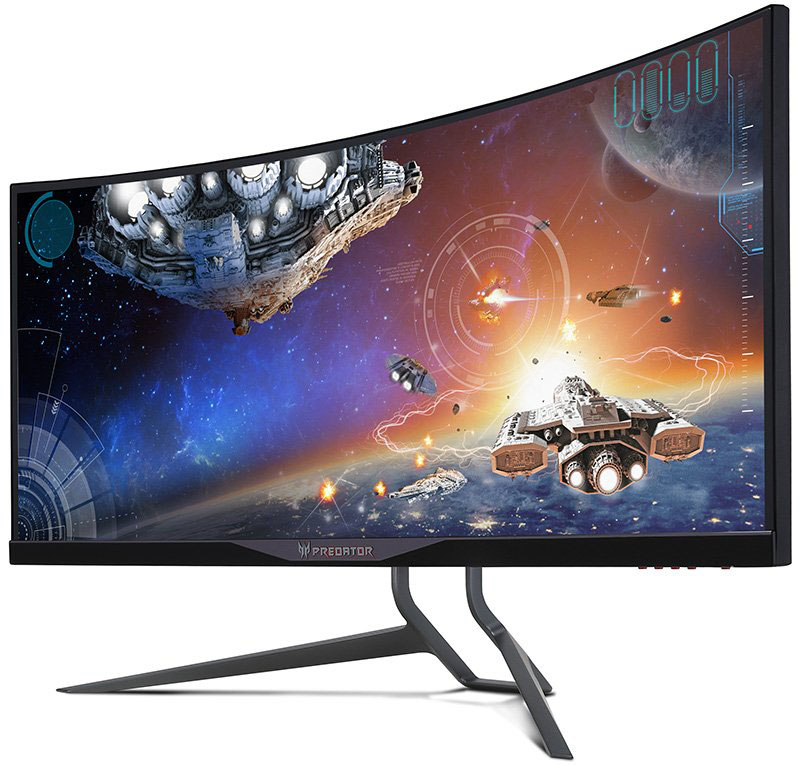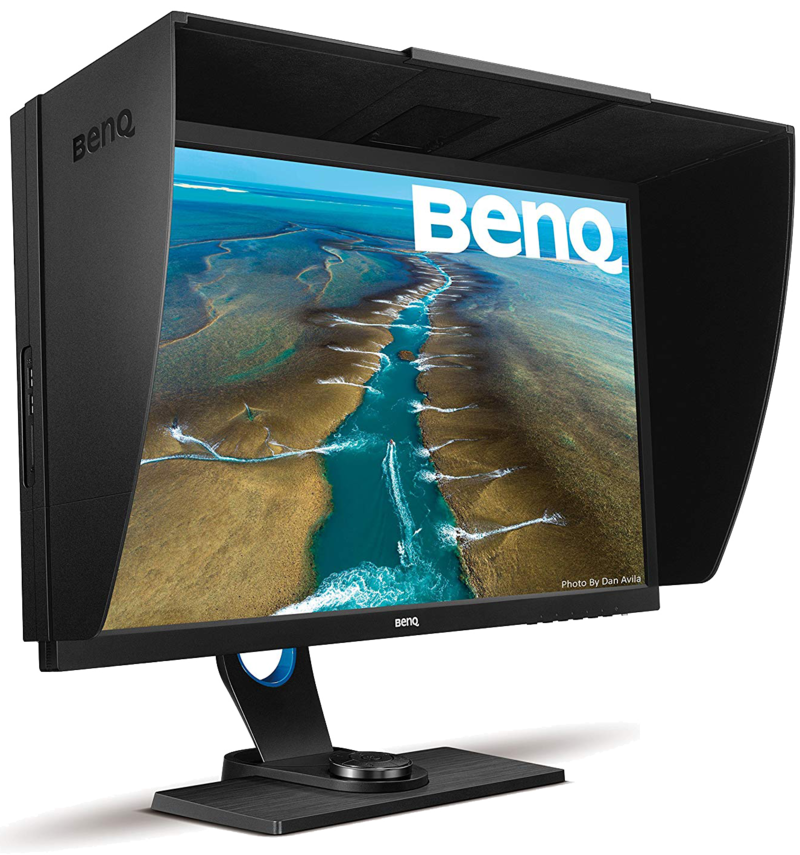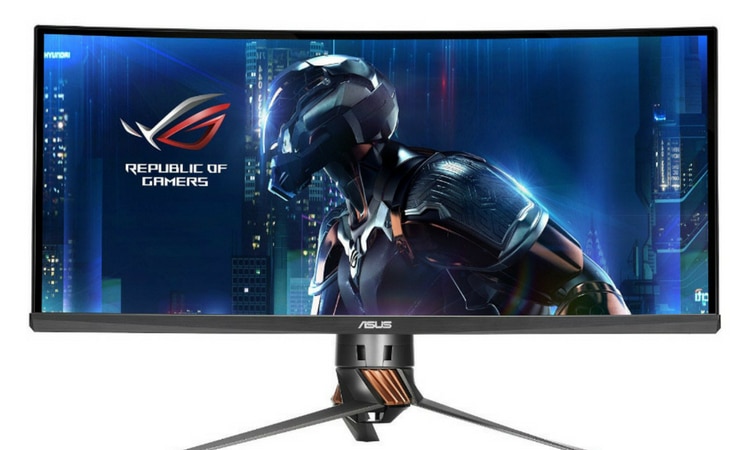How to Choose the Right Monitor
The thing about buying a monitor is that in the past, the process used to be easier. Considering how most monitors used to be based on the same technology and there was no concept of varying refresh rate or different panel types. However, things in the modern day and have changed a lot. While for the well-versed, it is still easy to buy the best monitor, the same cannot be said for the majority.
Ultra-wide is slowly becoming the industry standard, and if you are in the lookout for the best ultra-wide monitors, you should be ready to spend some good amount of money. However, it does not just end here. There is a never-ending race of panel types, as well as refresh rates.
What we are trying to say here is that buying a monitor these days is a tough thing to do. That is why we have decided to make things simpler and write this complete buying guide for you. Whether you are a gamer, a professional, or you just a good monitor in general, this guide is going to help you buy the best possible monitor you could want.
Before we go ahead and start our guide, there are some quick tips that apply to all sorts of monitors in the market. Let’s have a look at them.
- Determine the purpose you want the monitor for. This will help you narrow down your choices in a better way.
- Higher resolution always means that you will get a better, clearer, and sharper picture.
- The shorter the response time, the better it is. However, this mostly is a feature that gamers are looking for.
- The higher the refresh rate, the better the monitor in general.
- When it comes to panel technologies, IPS > VA > TN. With IPS being the most expensive, but the best, VA being in the middle, and TN being the cheapest, but also the fastest.
- If you want the most immersive experience, then 21:9 aspect ratio is amazing, however, the support for content is limited. If you want unlimited content support, then going for a 16:9 aspect ratio makes more sense.

Choose Your Resolution
The first step of choosing a monitor starts from choosing the resolution that you are looking to get. Obviously, there are several options available as far as the resolution choice is concerned, and it can easily end up confusing you.
However, in order to make things easier for you, below are some of the most common resolutions available in the monitors.
- 5K:
- 4K:
- QHD or 2.5K:
- WUXGA:
- FHD:
- HD or 720p:
The aforementioned resolutions refer to the resolutions that are available on the 16:9 aspect ratio. However, things are different when we are looking at the 21:9, aspect ratio, and 32:9 aspect ratio. The resolutions for those monitors are below.
- 32:9: 3840×1080 and 5120×1440.
- 21:9: 2560×1080, 3440×1440, and 5120×2160.
As always, the higher the resolution, the more price you will have to pay for the monitor. This is something that you should certainly keep in mind whenever you are in the market, looking for a good monitor.
 The Type of Panel You Should Look Into
The Type of Panel You Should Look Into
This is one of the places where most of us get confused when it comes to choosing a good monitor. Whether you are looking for a gaming monitor, a professional monitor, or a monitor for both purposes, this is often a confusing issue that most people face.
Keeping that in mind, you can choose from an IPS panel, TN panel, and VA panel. We have talked about all three panels in details below.
IPS Panels – Best for Professional Use and Gaming
The first and perhaps the most popular panel is the IPS panel; it is generally the most expensive, as well. However, the goods far outweigh the downsides of these monitors. So, let’s have a look.
For starters, IPS panels offer the best picture quality, colors, contrast, and viewing angles. They are the monitors for choice when it comes to professional work; with some high-end IPS monitors being great for gaming, as well, thanks to their higher refresh rates.
The downside to them is that the response time is somewhat slower, but it is not slow enough to make a huge impact.
VA Panels – A Middle Ground Between IPS and TN Panels
Next up, we have the VA panels, these panels are normally used in televisions, but for some reason, they have found their way in monitors, as well. They are not bad, by any means.
VA panels are known for their better than TN panel viewing angles, and they also provide good contrast as well as image depth. However, they are marred by long response times, but at the same time, do offer higher refresh rates. They are most commonly for general use and bridge the gap between IPS and TN panels in terms of price and performance.
TN Panels – Best Panels for Professional Gaming
The last panel type that we are going to talk about is the TN panel. These panels have been in the market for some time, and the best part about them is that they are made for hardcore and professional gaming but only for that purpose.
They offer the lowest response rate and the highest refresh rate. They are cheaper, but the worst part about them is color accuracy, along with the viewing angles that are just the worst.
 Understanding Adaptive Sync
Understanding Adaptive Sync
Adaptive sync is one of those features that are making the waves in the market and for all the right reasons, too. The feature is great because it allows your monitor to reduce its refresh rate so it can match the frames you are getting in the game. On paper, it might not make sense but this method effectively gets rid of the stutter and smoothens the overall picture, too.
Keeping that in mind, you have to choose between AMD’s FreeSync and Nvidia’s G-Sync. Keep in mind that G-Sync monitors are inherently more expensive because they use a module to do the task, while FreeSync monitors use a DisplayPort cable for the same purpose.
If you are looking for a monitor that is strictly going to be for the sake of gaming, then make sure that you look for either of these technologies because they are a game changer. Also remember that FreeSync works on AMD GPUs, whereas G-Sync is exclusive to Nvidia.
Colour Certification and Calibration
If you are a professional content creator and you mostly work with videos and photos, then having a monitor with accurate colors is something that you must have. If you want to buy a monitor just for that, make sure that monitor you are buying is calibrated out of the box, and is certified for having the color accuracy that you need. In most cases, the highest end gaming monitors do come with the color accuracy that is best used in content creation, too. So, in those situations, you are good to go.
HDR or Not
Another really important thing that you need to consider whenever you are buying a monitor is whether the monitor you are looking for has HDR support or not. HDR is relatively new in monitors, but it is slowly catching up and becoming one of the most desirable features to have. So, in order to get the most of your money, make sure that you look for this feature and you will be good to for sure.

Conclusion
In conclusion, the one thing that I am certain about is that choosing the right monitor can be a tough thing for many people. You can easily end up making several mistakes in the process, and the worst part is that if you are not careful enough, you can spend hundreds or even thousands of dollars on a monitor that is simply not up to your requirements.
With our buying guide, we can assure you that buying the right monitor, whether you are doing it for the sake of gaming, professional use, or general use, will be a lot easier, and hassle-free. According to use 1440p is the sweet spot as of now, so definitely check them out first.





